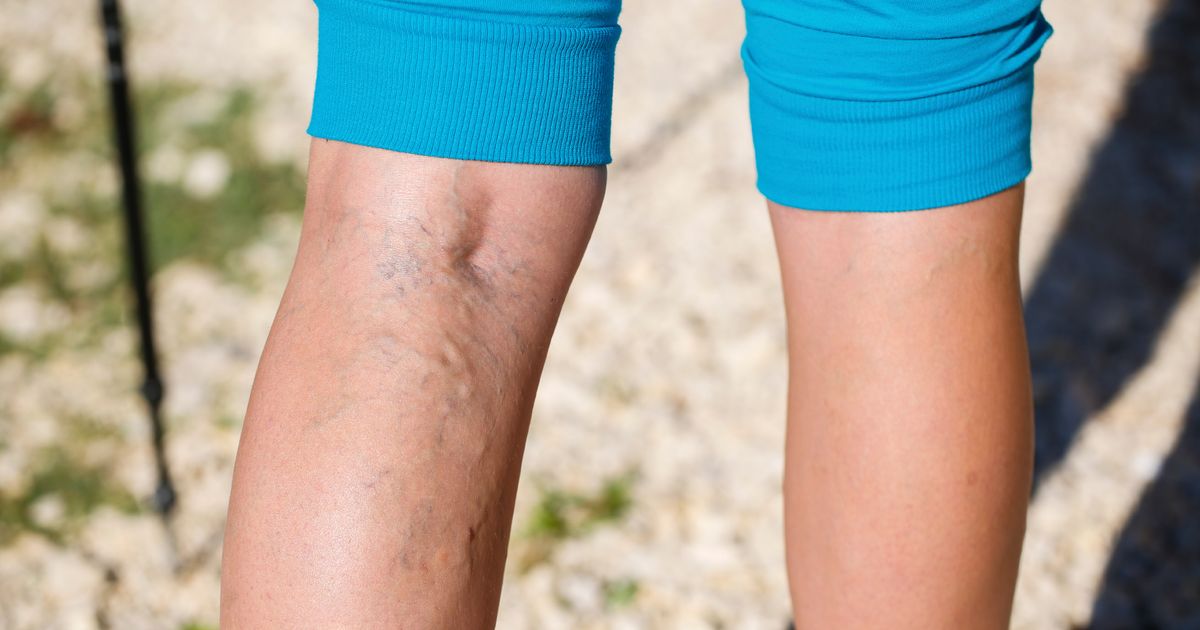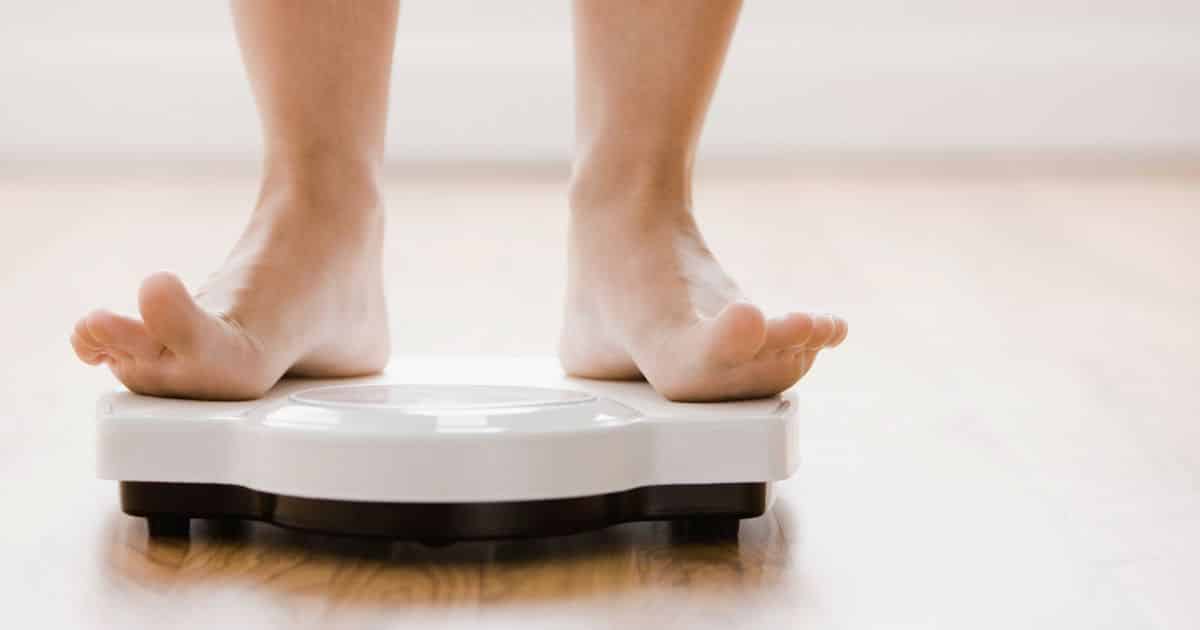How To Get Rid Of Varicose Veins And Feel Confident In Your Skin Again
Research shows approximately fifty percent of the female population has varicose veins. However, this does not mean men do not have to deal with them sometimes as well. The embarrassing condition can prove tricky, especially during the warmer months when less clothing is worn. One day varicose veins are not there, and the next day the legs are full of them or spider veins, which are close relatives. Instead of hiding varicose veins, individuals can try treating them with these techniques designed to get rid of them for good.
What Are Varicose Veins?

Varicose veins are gnarled, twisted, and enlarged veins that appear on the skin when blood vessels turn a dark purple or blue. These unsightly veins occur when blood vessels become faulty and allow blood to pool in the vessel or flow in the wrong direction. Varicose veins can occur in any vein in the body, though it is important to note they typically appear on an individual's legs or their feet. Due to their gangly and unfortunate appearance, varicose veins can be an embarrassing condition most individuals dealing with them try to hide.
Causes

Varicose veins may be caused by pregnancy, weight gain, or the individual's body type. Veins are one-way valves that carry blood in one direction. When blood vessel walls become stretched, they get weaker and cause blood to flow in the opposite direction. Blood can also accumulate in the vein and cause them to become swollen and discolored. Due to the fact gravity makes it harder for blood to flow back to the heart, varicose veins usually occur in the legs, as they are furthest from the heart.
